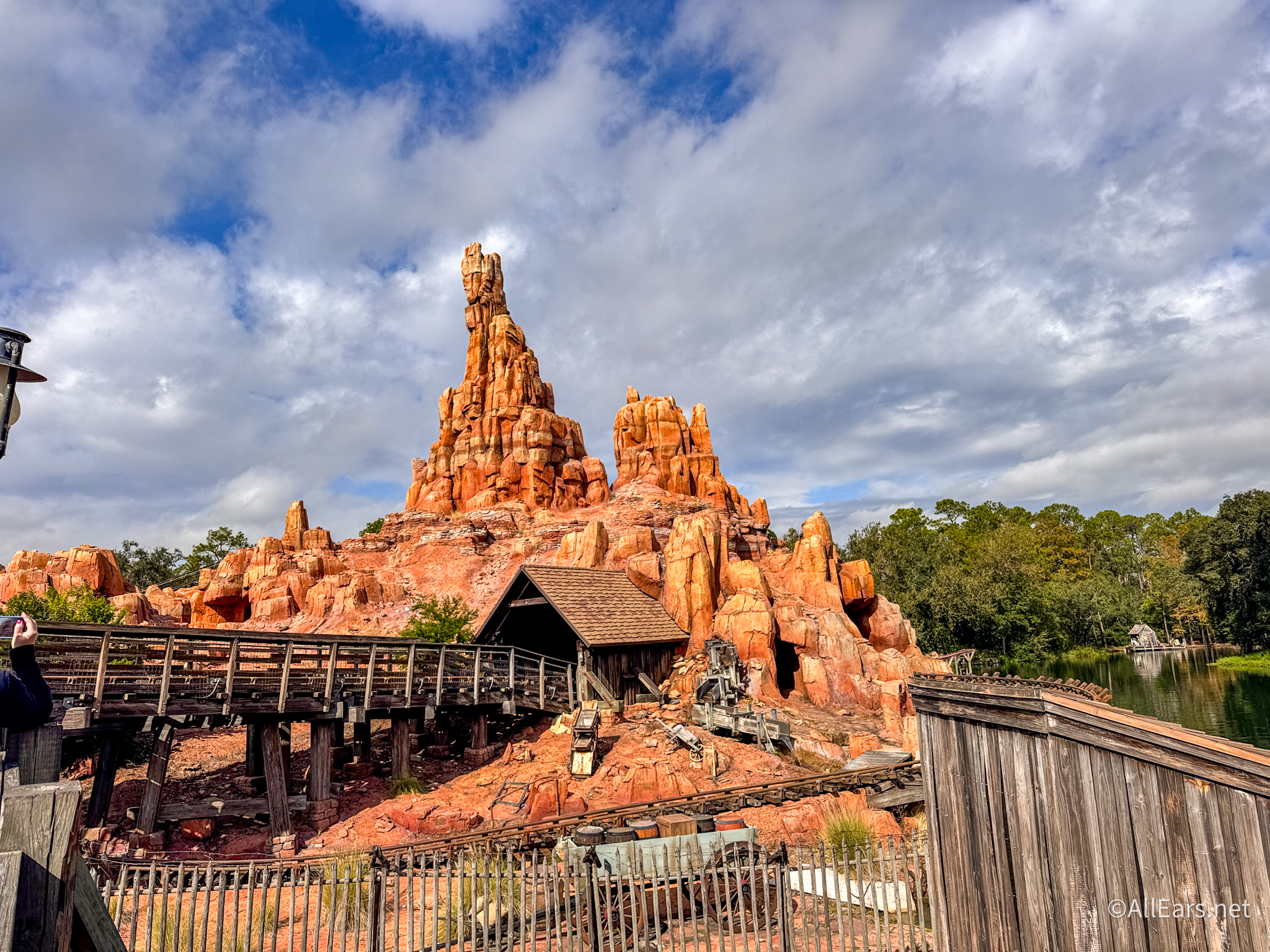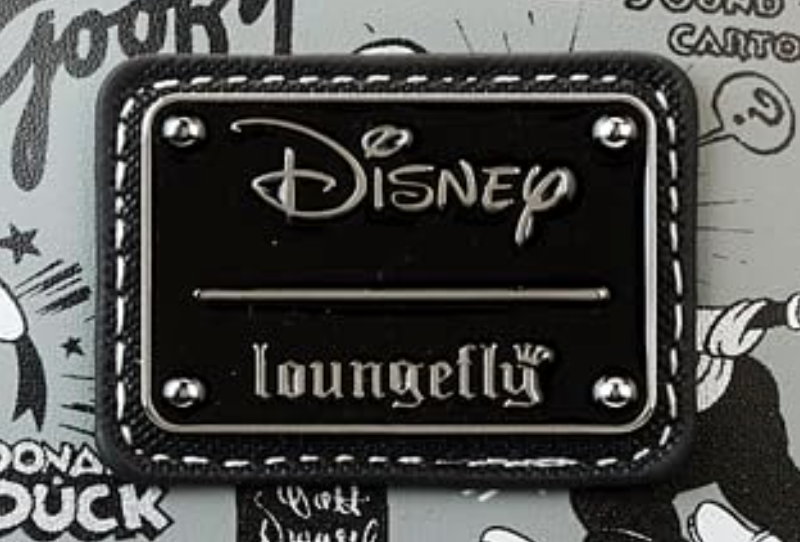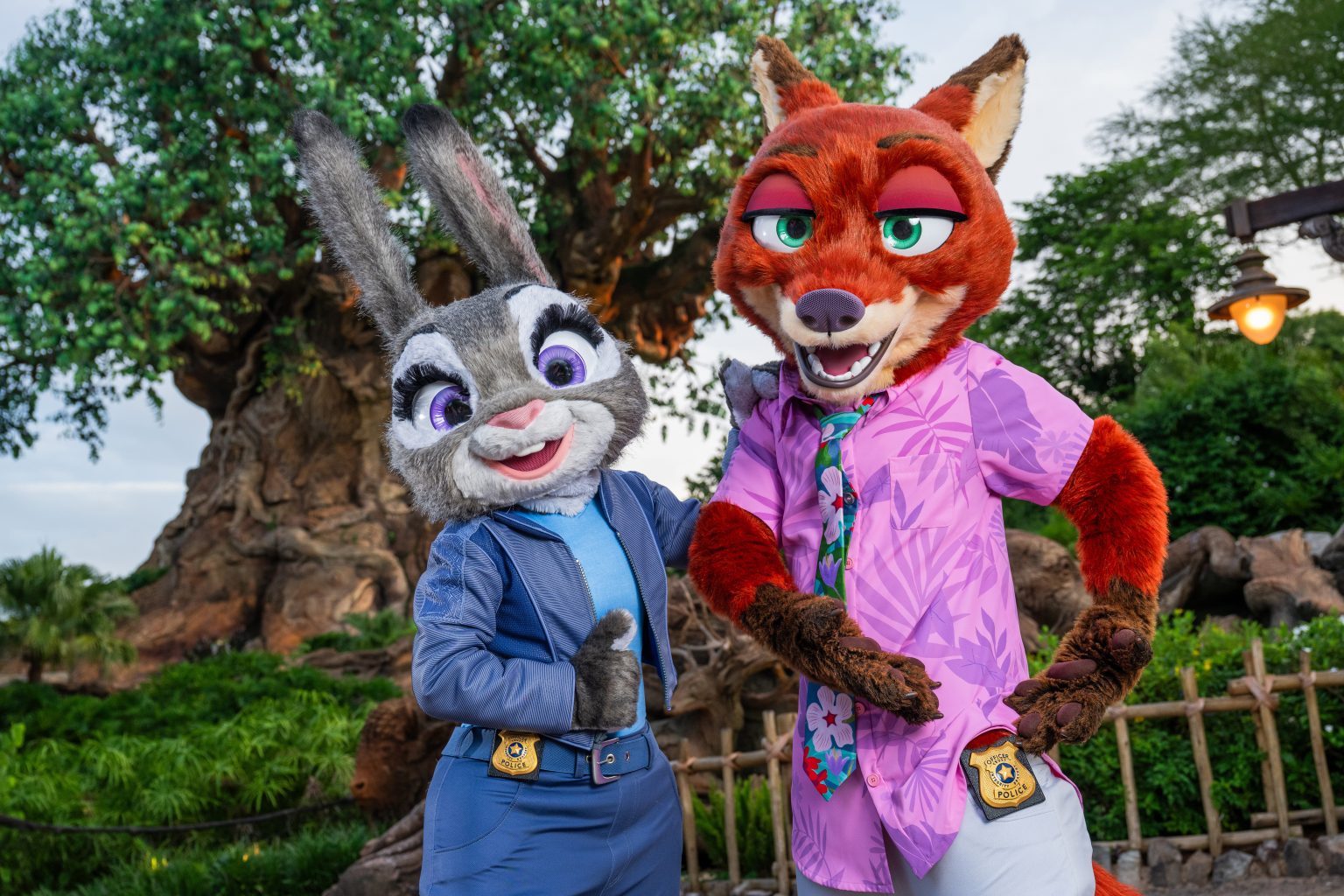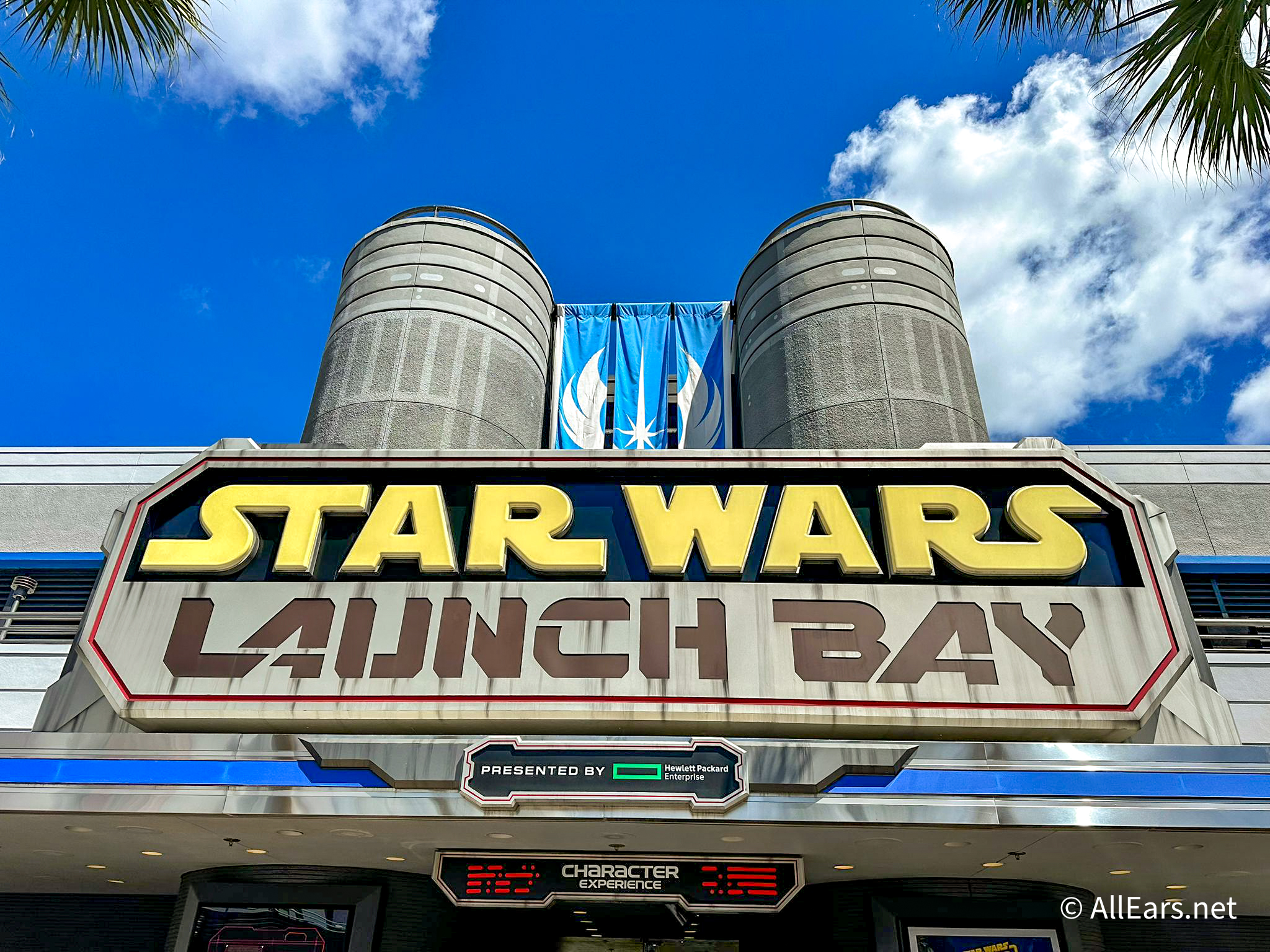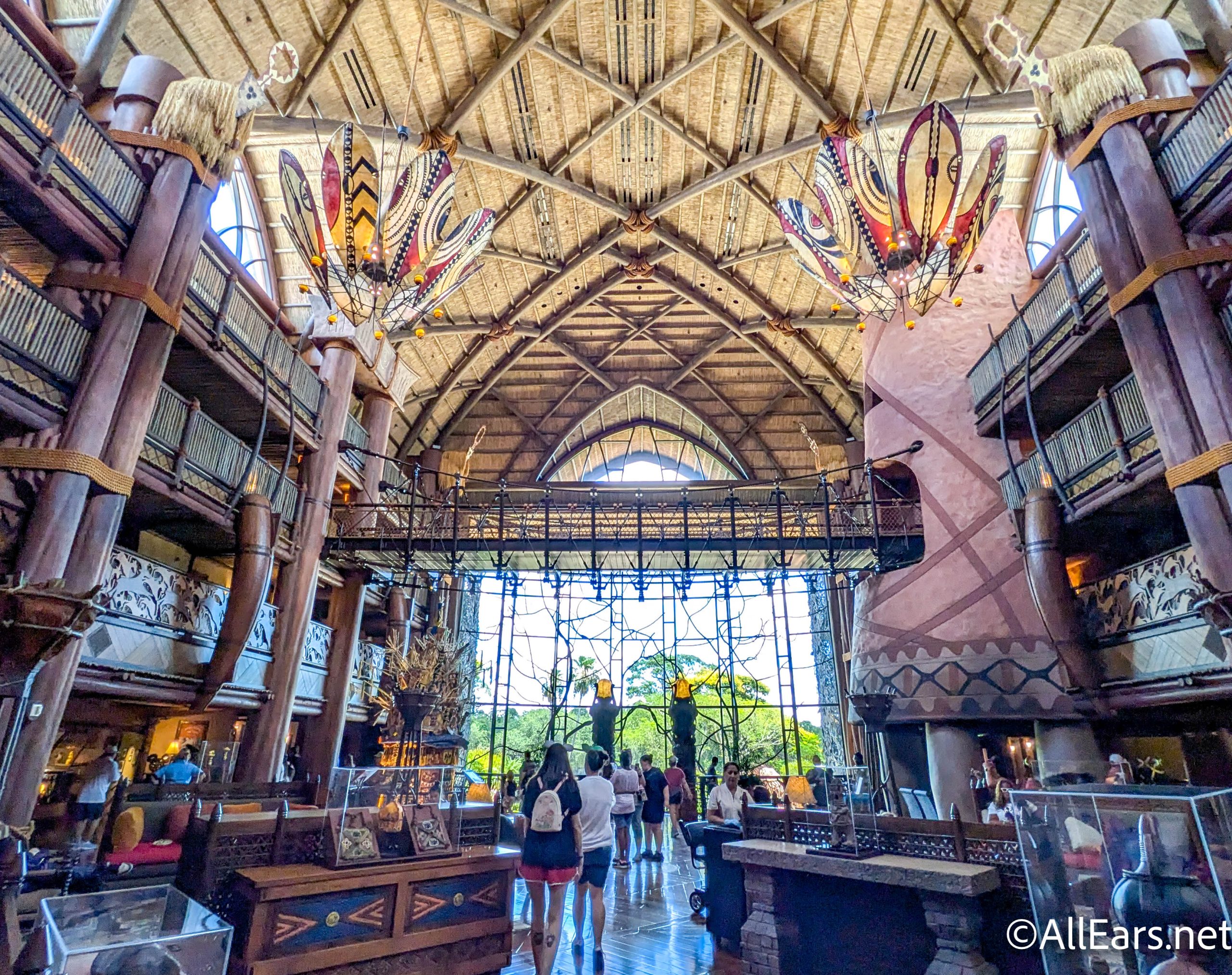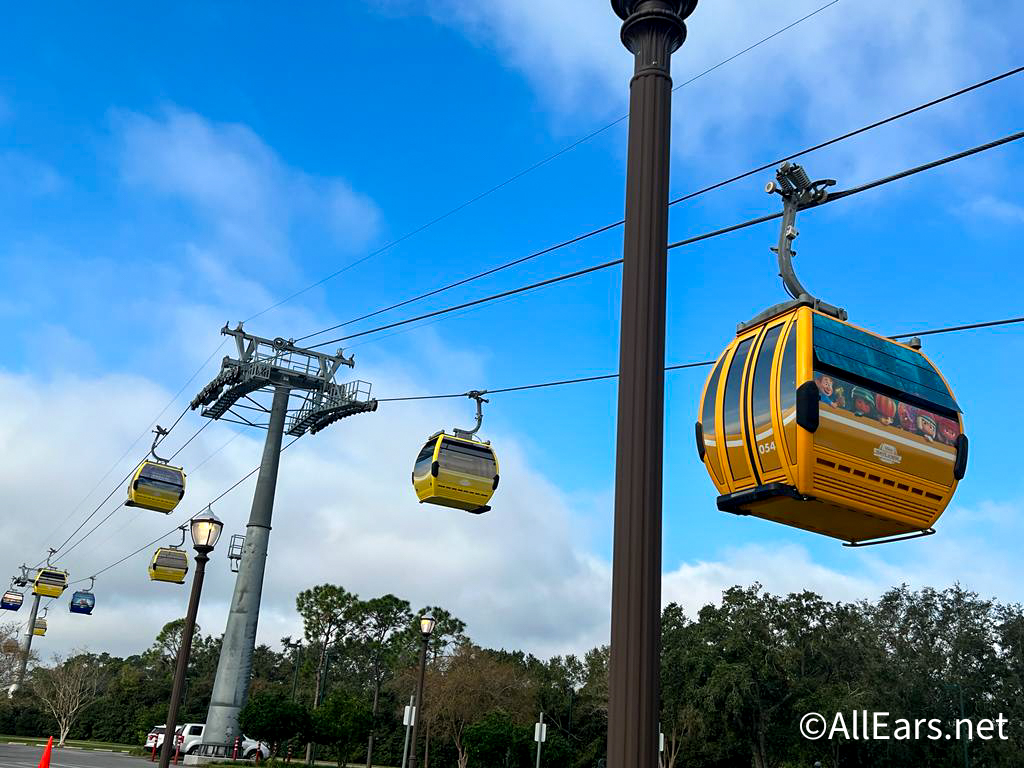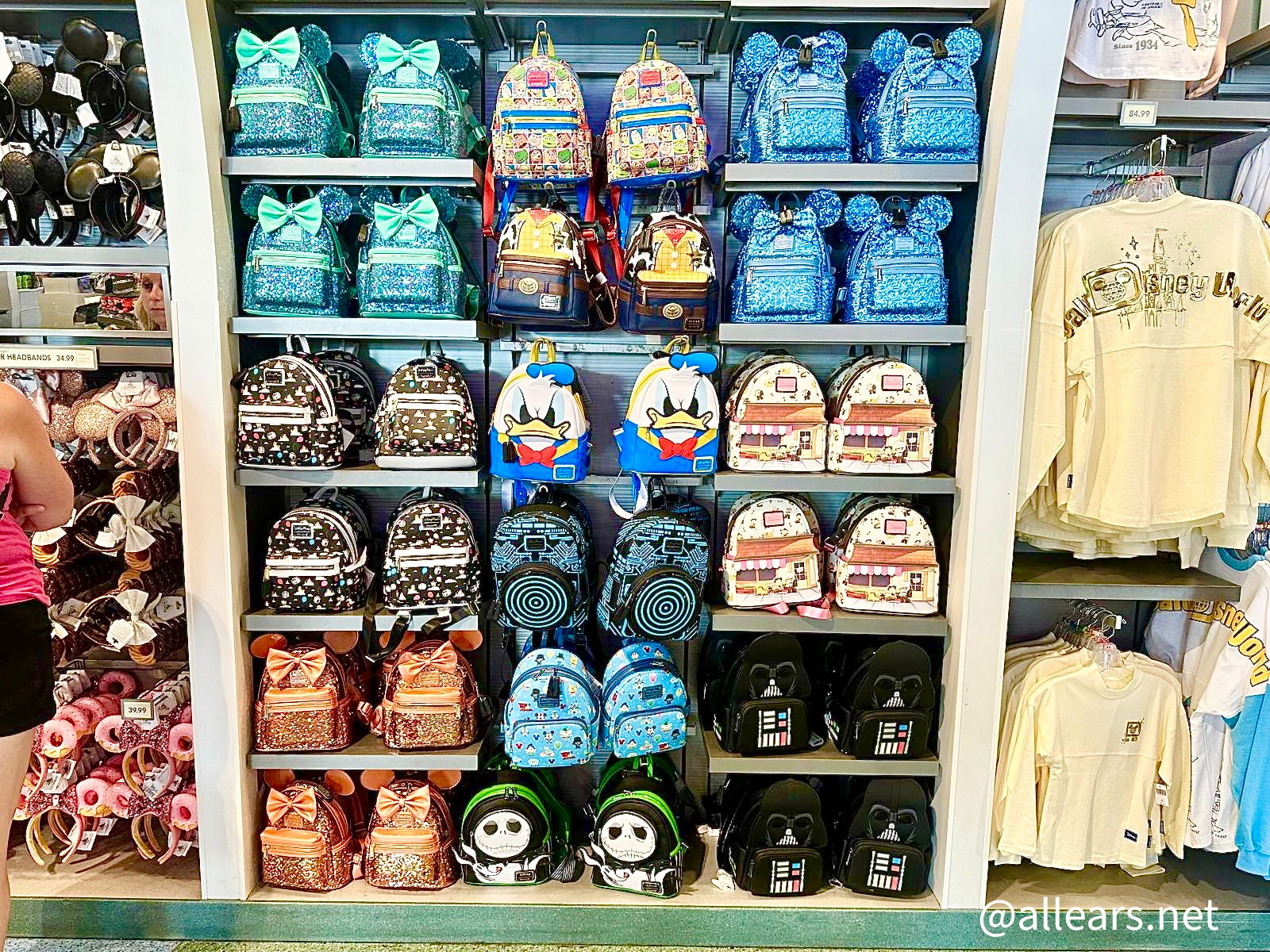Japan — World Showcase — Epcot
INTRODUCTION
The bright red torii gate, which welcomes visitors to World Showcase’s Japan, can be seen from around the World Showcase Lagoon.
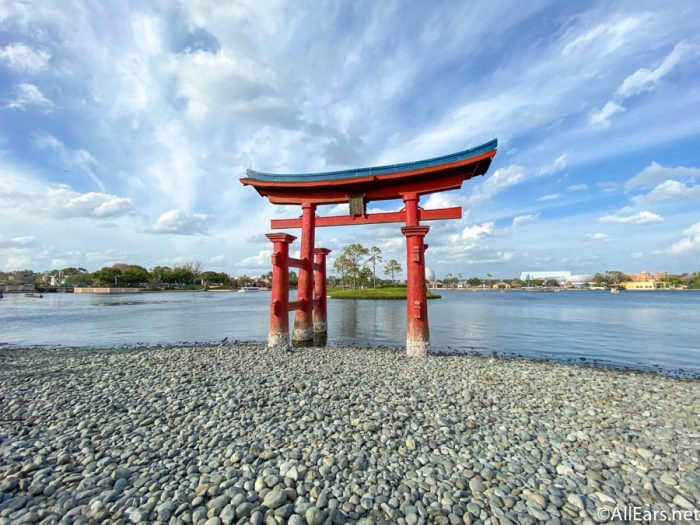
As your eyes move away from the lagoon, you see the blue-roofed, five-story Goju-no-to pagoda inspired by a shrine built at Nara in 700 A.D.
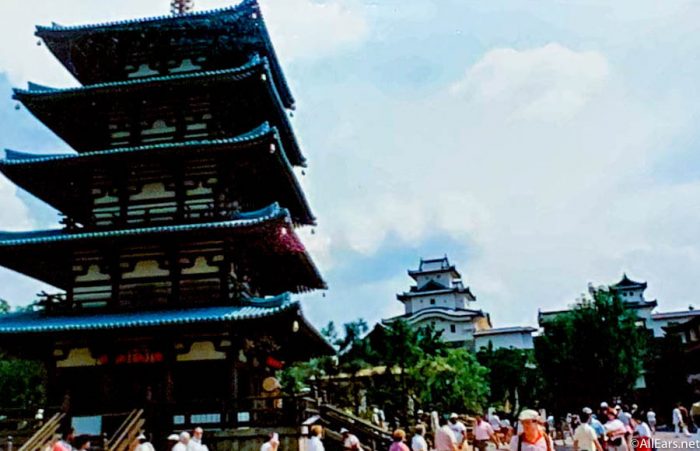
ATTRACTION
Bijutsu-kan Gallery — This gallery has continuously changing exhibits reflecting the Japanese culture. The current exhibit of Japanese kawaii — also known as Japan’s “cute” culture.
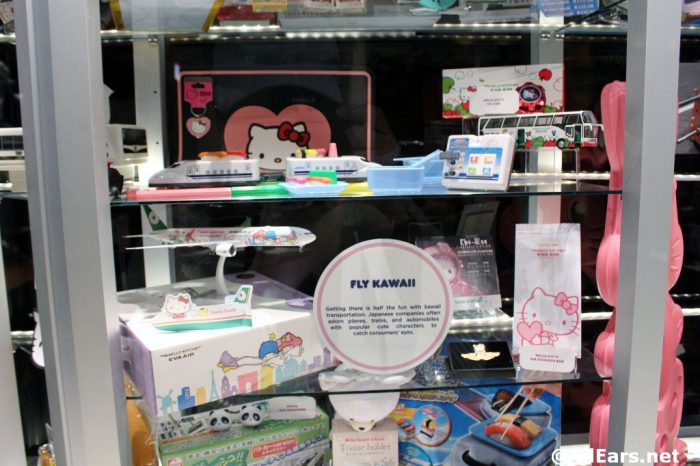
Kawaii is rooted in Japan’s Shinto past and is a means of self-expression from all walks of life. A replica of a modern Tokyo appartment is part of the exhibit.
Artist Sebastian Masuda explains: “The meaning of kawaii is that of a personal cosmos filled with the collection of things one madly loves. “Kawaii” is not something fashionable — dressing up for others or trying to be someone else – but rather collecting things because you simply love them. Fashion is just a statement to show what you love!”
See more Epcot Attractions At A Glance
DINING
Shiki-Sai: Sushi Izakaya – showcases traditional cuisine and ingredients of Japan with an emphasis on sushi and innovative presentation.

Teppan Edo is the traditional teppanyaki dining room.
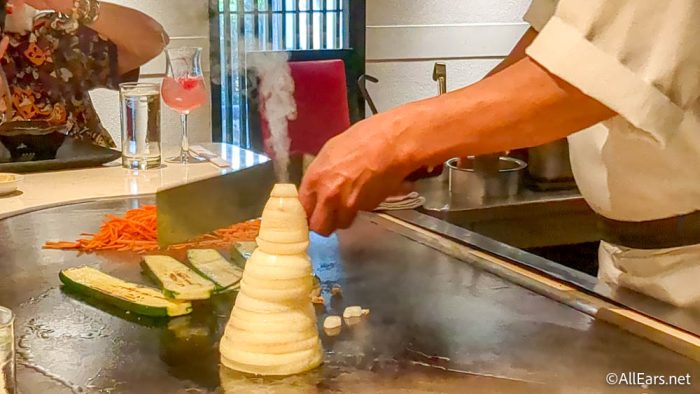
Takumi-Tei – This high-end signature dining experience assimilates the Japanese veneration of natural elements to create a one-of-a-kind dining experience.
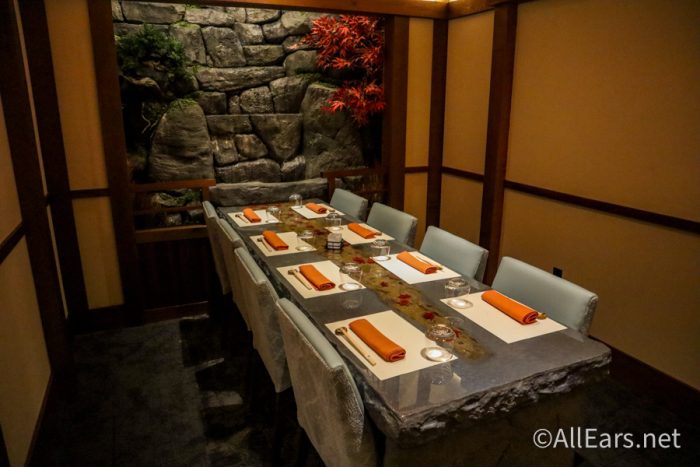
Katsura Grill – Counter service eatery with sushi, udon, and teriyaki dishes. Has both indoor and outdoor seating.

Kabuki Cafe – kiosk serving syrupy shaved iced, frozen beer, sake, and limited sushi.
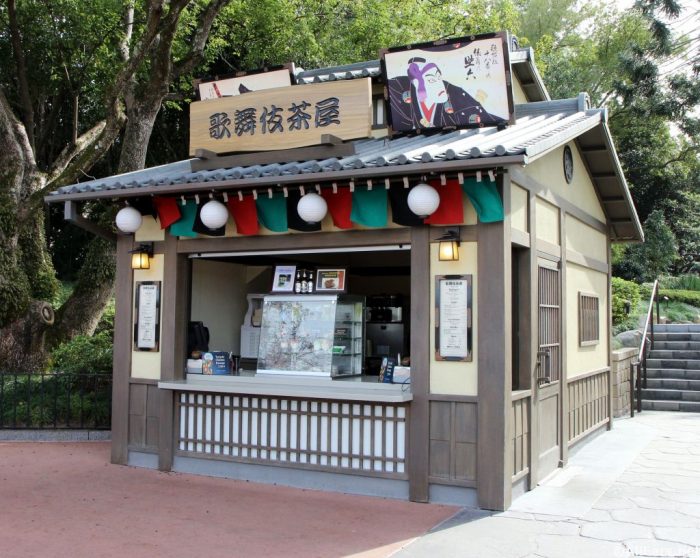
Epcot Restaurants At A Glance
Menus From Around the World
Vegetarian and Other Special Diets
ENTERTAINMENT
Matsuriza – The Japanese drums can be heard halfway around World Showcase.
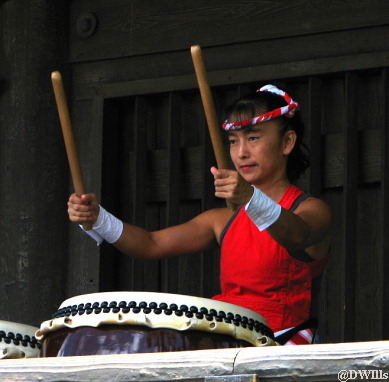
TOURING TIPS
Walking straight to the back of the pavilion area, you will cross a bridge that leads into the Castle. Just before the bridge, stop and look on both sides of you — there are two Samurai Warriors on Horses!
Spend some time in the beautiful hill garden where you will find rocks, flowers, lanterns, pebbles, water, foot paths and rustic bridges. Koi fish make a home in the pond in the garden.
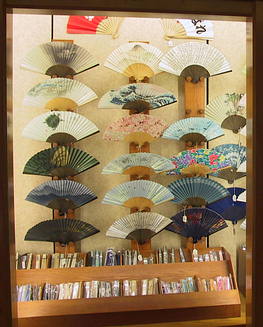 Mitsukoshi Department Store – has some fascinating displays you’ll want to find including fans, dolls, Japanese Swords and fresh water pearls.
Mitsukoshi Department Store – has some fascinating displays you’ll want to find including fans, dolls, Japanese Swords and fresh water pearls.
On a nice day, take your goodies from the Katsura Grill and sit outside at the tables near the Japanese festive lights and the water.
Epcot International Flower and Garden Festival Highlights – Across the way at the bright red torii gate is an incredible display of winning plants from the Florida Bonsai Society.
Epcot International Festival of the Holidays features storytellers in each country. In Japan, the Daruma Seller (a humble Daruma doll vendor) makes appearances throughout the afternoon.
KIDS AND CHARACTERS
Each of the World Showcase countries has a special “KIDCOT” area that provides an opportunity for your child to interact with a native of the country you are visiting.
Melanie writes: I just wanted to reply that my when we go to Epcot my family loves the Japan Pavilion! Everything seems so calm in the midst of the hustle and bustle of the World showcase! My daughter especially likes the the department store. They have a lot of great things for kids and teenagers alike! I like their candy and the little bonsai trees!
Epcot Passports are great fun for kids as they have them stamped at each pavilion around World Showcase.
Epcot Characters At A Glance
Character Meet and Greet FAQ!
SHOPPING
Mitsukoshi Department Store – Dolls, fine porcelain, kimonos, Japanese handcrafts, elegant jewelry, snacks, kitchenware, cookbooks.

Inside the Department Store you’ll find a place to purchase pearls!
Mitsukoshi Kiosk – Japanese souvenirs and gifts.
INTERESTING FACTS
 The five 5 levels of the Goju-no-to pagoda (85 feet tall) represent the elements from which Buddhists believe all things are created: earth, water, fire, wind, and sky.
The five 5 levels of the Goju-no-to pagoda (85 feet tall) represent the elements from which Buddhists believe all things are created: earth, water, fire, wind, and sky.
Above the Goju-no-to pagoda is a bronze, nine-ringed sorin, or spire, with gold wind chimes and a water flame.
To the right of the courtyard, stands the Shishinden, inspired by the ceremonial and coronation hall found in the Imperial Palace grounds in Kyoto. The Shishinden was built in 794. It is said to be one of the first true styles of Japanese architecture.
On the east side of the courtyard the massive wood and stone Nijo entry castle with its huge sculptures of mounted samurai warriors beckons guests through the courtyard. Passing through it, visitors cross a wide bridge spanning a moat to the Shirasagigi or White Egret Castle with its curved stone walls, white plaster structures and blue tile roofs.
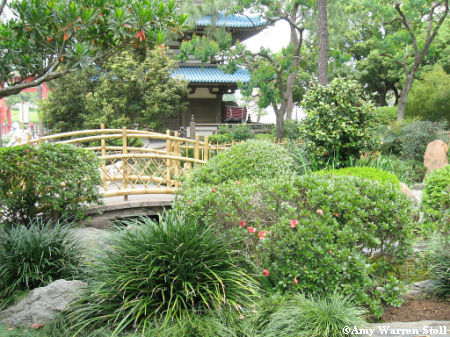
Its style dates from the mid-1300s. In feudal times, great castles dominated the Japanese countryside. Inhabitants of the castle towns found great refuge in their walls. The Shirasagigi, overlooking the city of Himeji, is one of the best preserved castles of early Japan. The great beauty and strength are captured in the majestic fortress.
Gardening is a precise art in Japan. Every object and its placement in the garden has a special meaning. Here activity, symbolism, and a reverence for nature blend with intense maintenance to create a garden with a truly unique beauty.

ARCHIVES:
Miyuki – the Candy Lady – Retired in November 2013. Miyuki was part of Epcot’s Japan since 1996.
The Yakitori House closed in 2011 (reopened in December 2011 as Katsura Grill) – a small version of the Shoken-tei in the Kyoto Imperial Villa gardens. This rustic building with its thatched roof serves is a counter service restaurant serving beef, chicken and Udon noodles.
 Bijutsu-kan Gallery previously housed an exhibit called “Tin Toys”. These toys were just one of many things introduced in Japan as part of the turn of the century transformation the Emperor had for his people. The earliest tin toys came from Europe and were very popular. Soon Japanese toymakers were duplicating the toys and creating new ones based on Japanese folklore. Many of the tin toys are spring operated and can be wound to “come to life” to the delight of those playing with them.
Bijutsu-kan Gallery previously housed an exhibit called “Tin Toys”. These toys were just one of many things introduced in Japan as part of the turn of the century transformation the Emperor had for his people. The earliest tin toys came from Europe and were very popular. Soon Japanese toymakers were duplicating the toys and creating new ones based on Japanese folklore. Many of the tin toys are spring operated and can be wound to “come to life” to the delight of those playing with them.
During the 50’s and 60’s, tin toys enjoyed their golden years as their popularity spread around the globe. The toys included aliens, robots, spaceman, vehicles and more.
Japan’s Tin Toy Master is Teruhisa Kitahara. His 7 toy museums in Japan have almost 50,000 tin toys, many rare. A small portion of his collection is on display in Epcot’s Japan! Be sure to stop by and take a look. I was amazed at the variety and detail on the toys (and yes, there are some vintage Disney ones too)
Teppanyaki Dining Room, Teppan Grill, and Matsu-no-ma Lounge all closed in 2007 for a total rehab.
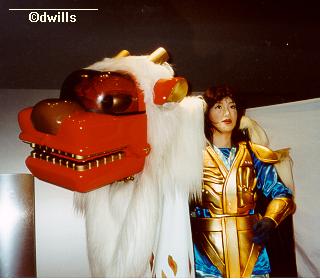 Karakuri – Magical Toys of Japan – (Exhibit in the late 1990s until mid-2000 ) Three zones of toys were on display. Yesterday’s Zone is the Playful Spirit of Karakuri puppets and traditional Japanese toys. There is also a “hands on area” for kids. The Today Zone includes the delicate artistry of porcelain puppets. The Tomorrow Zone includes advanced technology displayed in the Lion Dance “Shishi-Mai” robot and Audio-Animatronic.
Karakuri – Magical Toys of Japan – (Exhibit in the late 1990s until mid-2000 ) Three zones of toys were on display. Yesterday’s Zone is the Playful Spirit of Karakuri puppets and traditional Japanese toys. There is also a “hands on area” for kids. The Today Zone includes the delicate artistry of porcelain puppets. The Tomorrow Zone includes advanced technology displayed in the Lion Dance “Shishi-Mai” robot and Audio-Animatronic.





